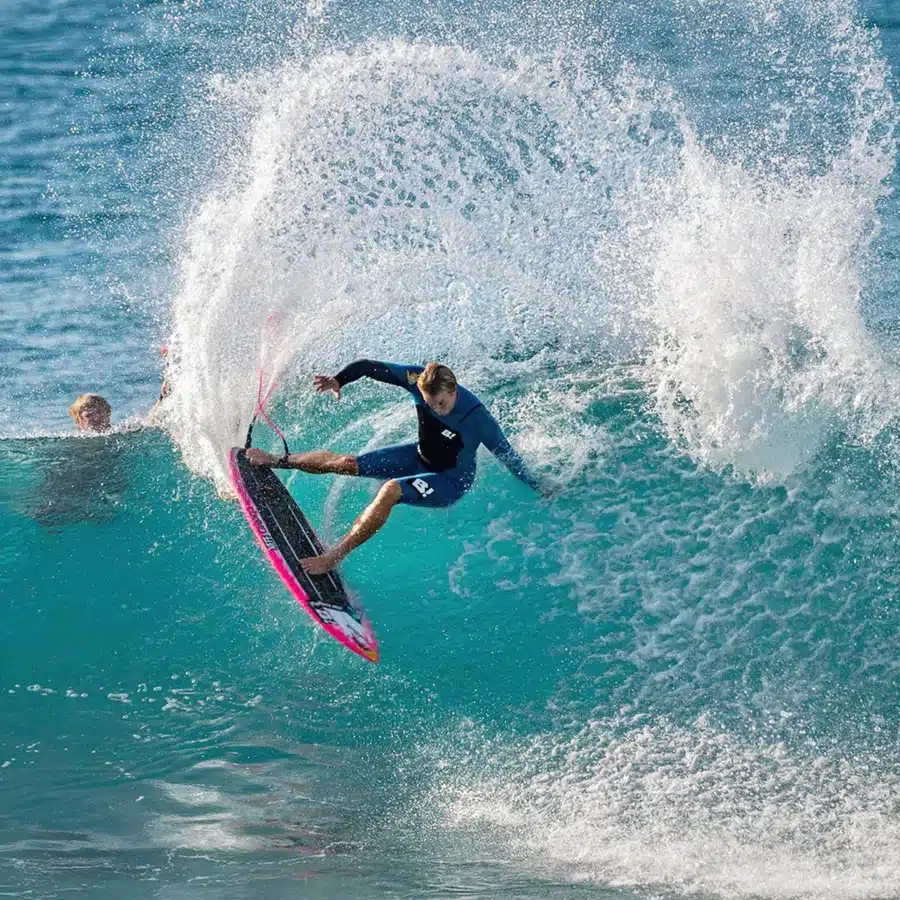
In our last JOB Surf Experience Surf Tips article, we walked you through the ins and outs of the bottom turn. This week’ we dissect the top turn to give you the tools you need to hit the lip and retain speed down the line. While a bottom turn sets up your entire ride, a top turn allows you to continue down the line and gain speed. There are a variety of top turns a surfer can perform in different situations, but for the purpose of learning, we will focus on the most basic form of top turning, traveling up the wave’s face, changing direction, and coming back down. For JOB Surf Experience Surf Tips: How to Top Turn, continue reading below.
Set up your top turn with the correct bottom turn
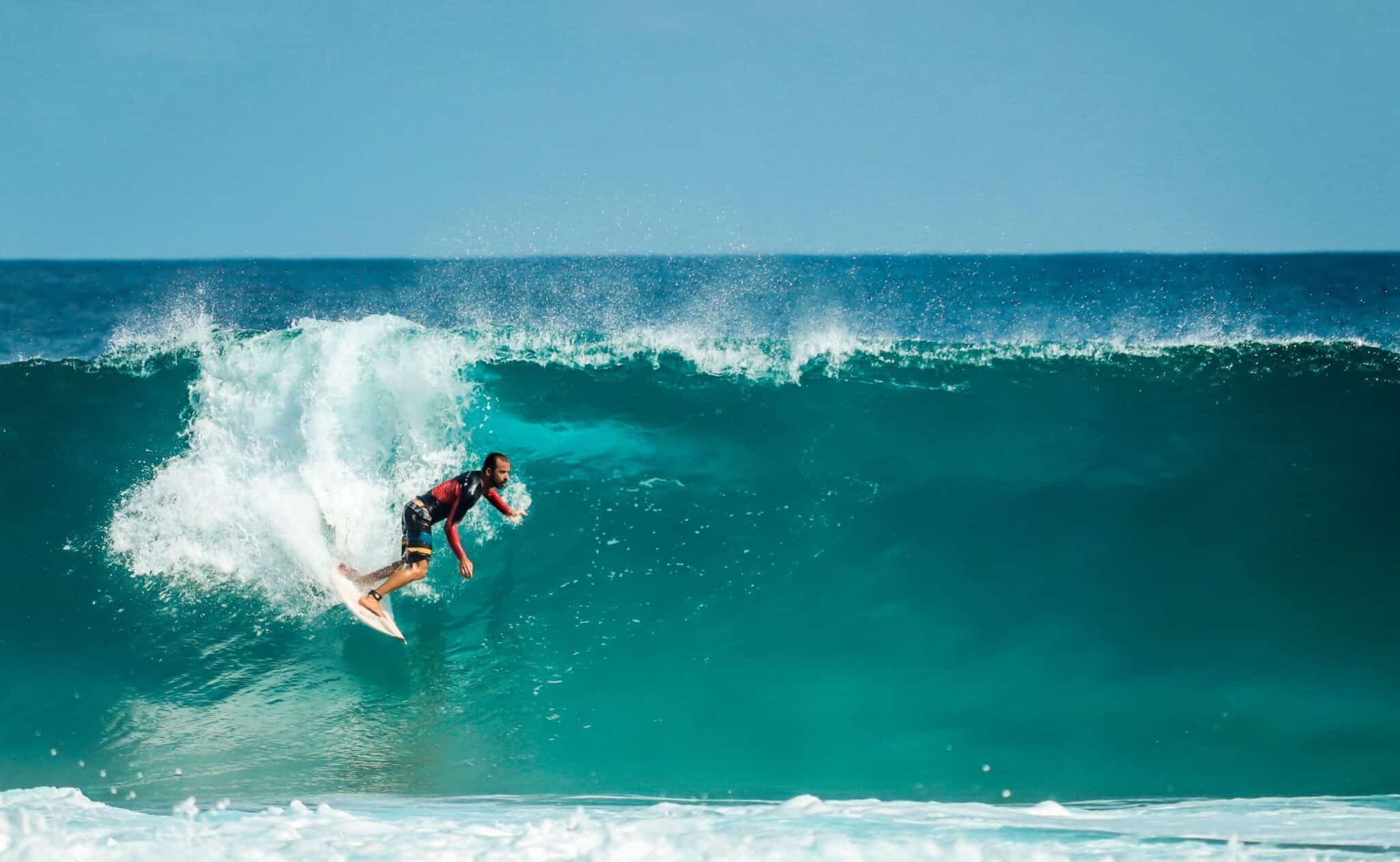
A good top turn is only possible if you set it up with a correctly executed bottom turn. As we said in the last surf tips article, you will either perform a long swooping bottom turn or a shallow bottom turn, depending on the type of wave you’re surfing. If the wave is breaking quickly down the line, you’ll only have time to perform a shallow bottom turn to set your line. If the wave is slowly peeling, you can perform a long, swooping bottom turn. Depending on which bottom turn you perform at the start of the wave, you’ll either immediately perform a top turn or pump down the line to set one up later.
Aim at the top of the wave
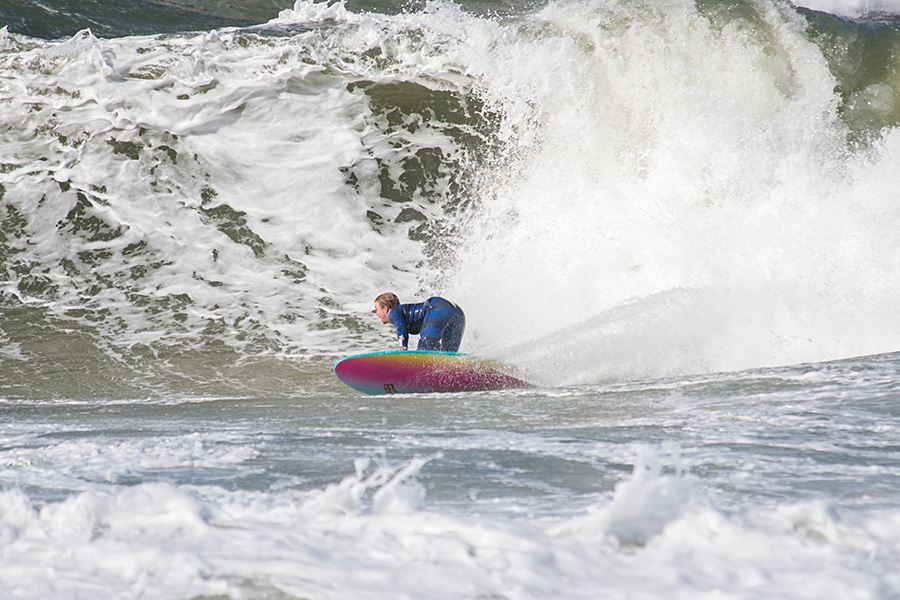
As you come out of your bottom turn, you’ll immediately take aim at your target on the upper portion of the wave’s face. Where you aim your top turn is largely based on your skill level as a surfer. Intermediate surfers will aim further down the face towards the shoulder, typically on the middle third of the wave’s face. Advanced surfers will likely perform tight arching top turns at the lip. As you round out your bottom turn, come face to face with the wave and look towards the section you wish to hit. If you’re riding backside, you’ll need to look over your shoulder at the wave behind you. As we’ve mentioned in countless surf tips articles, wherever your head and shoulders face, you’re hips and board will follow.
Decompress and prepare to rotate
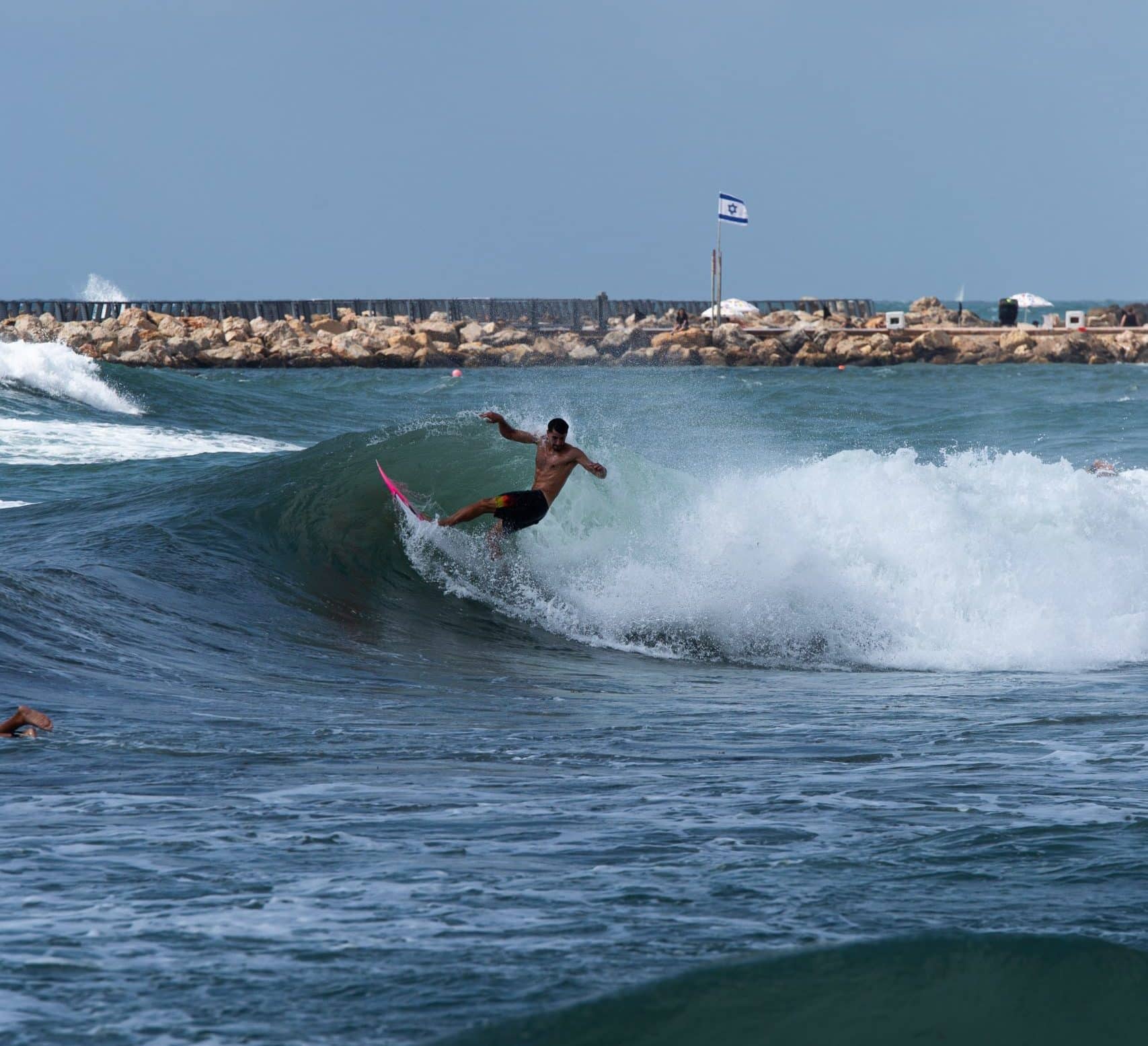
While you’re taking aim at the lip or shoulder of the wave, begin to prepare for the turn by compressing in a cocked position, ready to rotate down the wave’s face. As your rise up the wave, begin decompressing and lean into the wave. As you near the peak of your turn, start to rotate your head and shoulders to face down the wave and compress at the top of your turn.
Completing your turn
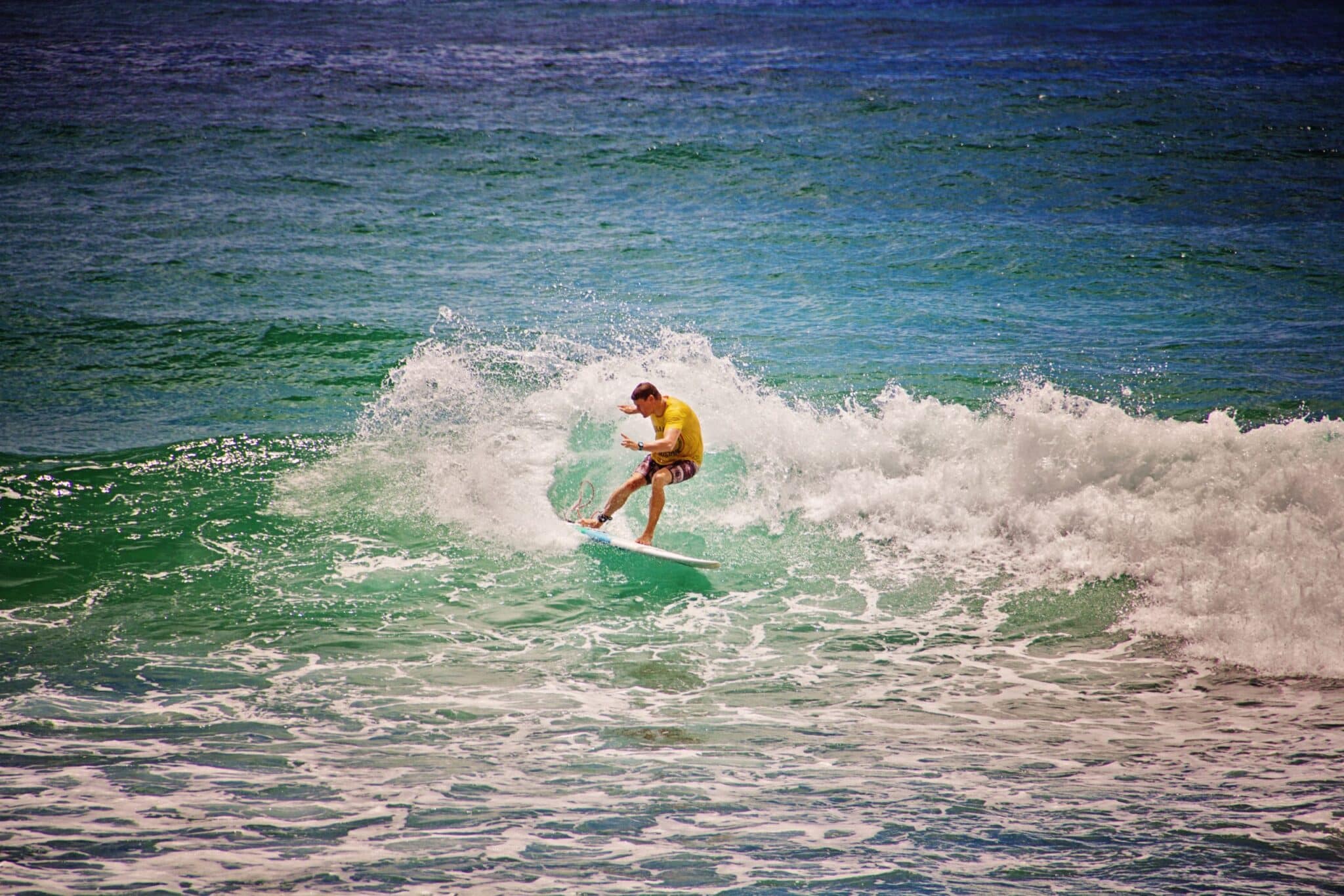
At the top of the wave, compress to carry your momentum back down the wave’s face. Shift your weight forward to keep your momentum moving down the line by bringing your chest forward over the upper portion of your board.
Backside Top Turns
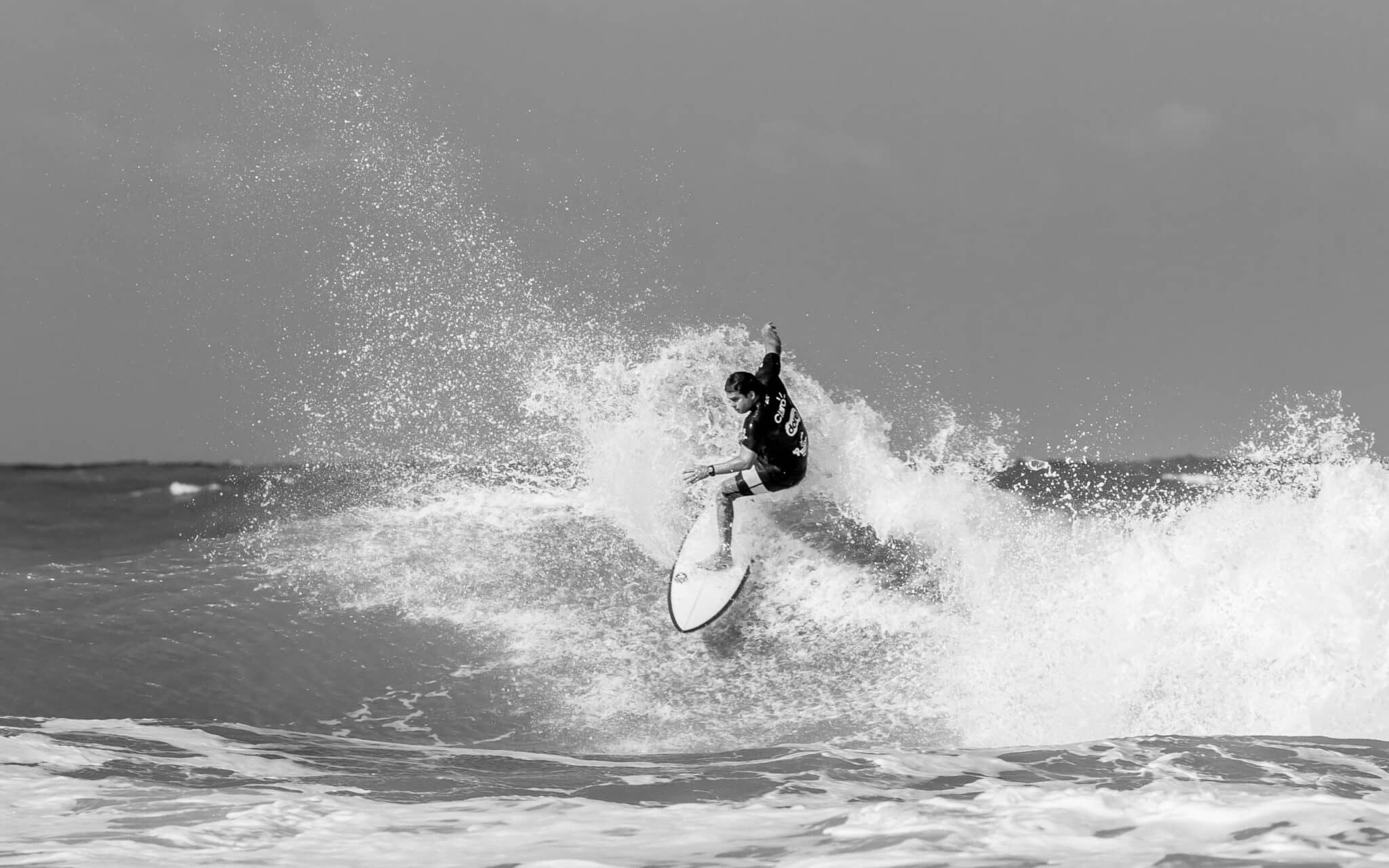
While backside top turns and frontside top turns are quite similar, many intermediate surfers struggle turning backside because they are not facing the wave. Just as you would do while riding front side, spot the section you wish to hit as you round out your bottom turn. As you begin to rise up the face of the wave, it will actually be easier to rotate around since your chest is already facing down the wave.
Stay tuned to the JOB Surf Experience Blog for more surf tips. If you’re an intermediate surfer traveling to Oahu, book our North Shore Surf Experience to surf the Seven Mile Miracle with the best surf guides on the island. Book your stay at Turtle Bay Resort to stay close to the action on the North Shore.
